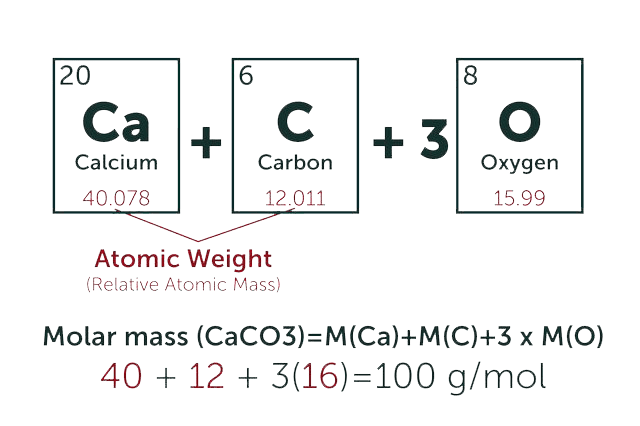1. Mitochondrial complex II regulates a distinct oxygen sensing mechanism in monocytes
Jianming Wang, Robert T Taggart, Bora E Baysal, Eduardo Cortes Gomez, Shraddha Sharma Hum Mol Genet . 2017 Apr 1;26(7):1328-1339. doi: 10.1093/hmg/ddx041.
Mutations in mitochondrial complex II (succinate dehydrogenase; SDH) genes predispose to paraganglioma tumors that show constitutive activation of hypoxia responses. We recently showed that SDHB mRNAs in hypoxic monocytes gain a stop codon mutation by APOBEC3A-mediated C-to-U RNA editing. Here, we test the hypothesis that inhibition of complex II facilitates hypoxic gene expression in monocytes using an integrative experimental approach. By RNA sequencing, we show that specific inhibition of complex II by atpenin A5 in normoxic conditions mimics hypoxia and induces hypoxic transcripts as well as APOBEC3A-mediated RNA editing in human monocytes. Myxothiazol, a complex III inhibitor, has similar effects in normoxic monocytes. Atpenin A5 partially inhibits oxygen consumption, and neither hypoxia nor atpenin A5 in normoxia robustly stabilizes hypoxia-inducible factor (HIF)-1α in primary monocytes. Several earlier studies in transformed cell lines suggested that normoxic stabilization of HIF-1α explains the persistent expression of hypoxic genes upon complex II inactivation. On the contrary, we find that atpenin A5 antagonizes the stabilization of HIF-1α and reduces hypoxic gene expression in transformed cell lines. Accordingly, compound germline heterozygosity of mouse Sdhb/Sdhc/Sdhd null alleles blunts chronic hypoxia-induced increases in hemoglobin levels, an adaptive response mainly regulated by HIF-2α. In contrast, atpenin A5 or myxothiazol does not reduce hypoxia-induced gene expression or RNA editing in monocytes. These results reveal a novel role for mitochondrial respiratory inhibition in induction of the hypoxic transcriptome in monocytes and suggest that inhibition of complex II activates a distinct hypoxia signaling pathway in a cell-type specific manner.
2. Synthetic atpenin analogs: Potent mitochondrial inhibitors of mammalian and fungal succinate-ubiquinone oxidoreductase
Kenneth A Hughes, Thomas P Selby, James J Rauh, Wayne S Hanna Bioorg Med Chem Lett . 2010 Mar 1;20(5):1665-8. doi: 10.1016/j.bmcl.2010.01.066.
Atpenins and harzianopyridone represent a unique class of penta-substituted pyridine-based natural products that are potent inhibitors of complex II (succinate-ubiquinone oxidoreductase) in the mitochondrial respiratory chain. These compounds block electron transfer in oxidative phosphorylation by inhibiting oxidation of succinate to fumarate and the coupled reduction of ubiquinone to ubiquinol. From our investigations of complex II inhibitors as potential agricultural fungicides, we report here on the synthesis and complex II inhibition for a series of synthetic atpenin analogs against both mammalian and fungal forms of the enzyme. Synthetic atpenin 2e provided optimum mammalian and fungal inhibition with slightly higher potency than natural occurring atpenin A5.
3. Production of superoxide/H2O2 by dihydroorotate dehydrogenase in rat skeletal muscle mitochondria
Martin D Brand, Martin Hey-Mogensen, Renata L S Goncalves, Adam L Orr Free Radic Biol Med . 2014 Jul;72:149-55. doi: 10.1016/j.freeradbiomed.2014.04.007.
Dehydrogenases that use ubiquinone as an electron acceptor, including complex I of the respiratory chain, complex II, and glycerol-3-phosphate dehydrogenase, are known to be direct generators of superoxide and/or H2O2. Dihydroorotate dehydrogenase oxidizes dihydroorotate to orotate and reduces ubiquinone to ubiquinol during pyrimidine metabolism, but it is unclear whether it produces superoxide and/or H2O2 directly or does so only indirectly from other sites in the electron transport chain. Using mitochondria isolated from rat skeletal muscle we establish that dihydroorotate oxidation leads to superoxide/H2O2 production at a fairly high rate of about 300pmol H2O2·min(-1)·mg protein(-1) when oxidation of ubiquinol is prevented and complex II is uninhibited. This H2O2 production is abolished by brequinar or leflunomide, known inhibitors of dihydroorotate dehydrogenase. Eighty percent of this rate is indirect, originating from site IIF of complex II, because it can be prevented by malonate or atpenin A5, inhibitors of complex II. In the presence of inhibitors of all known sites of superoxide/H2O2 production (rotenone to inhibit sites in complex I (site IQ and, indirectly, site IF), myxothiazol to inhibit site IIIQo in complex III, and malonate plus atpenin A5 to inhibit site IIF in complex II), dihydroorotate dehydrogenase generates superoxide/H2O2, at a small but significant rate (23pmol H2O2·min(-1)·mg protein(-1)), from the ubiquinone-binding site. We conclude that dihydroorotate dehydrogenase can generate superoxide and/or H2O2 directly at low rates and is also capable of indirect production at higher rates from other sites through its ability to reduce the ubiquinone pool.



